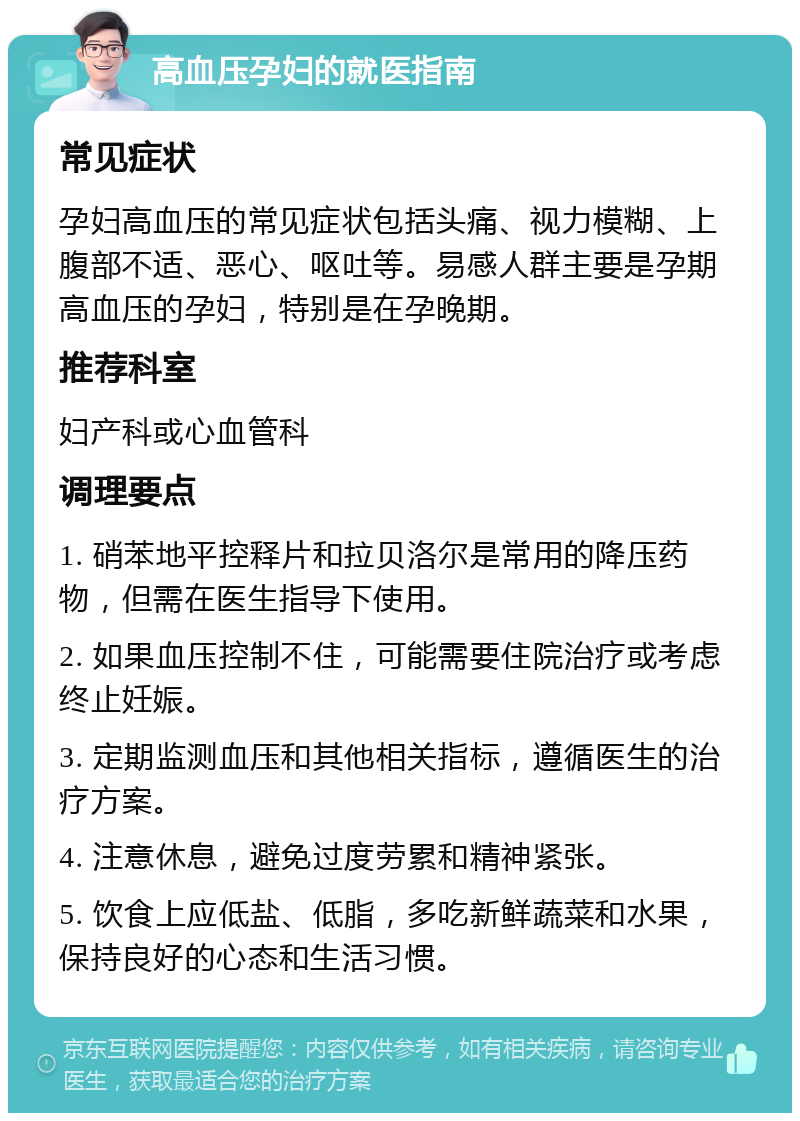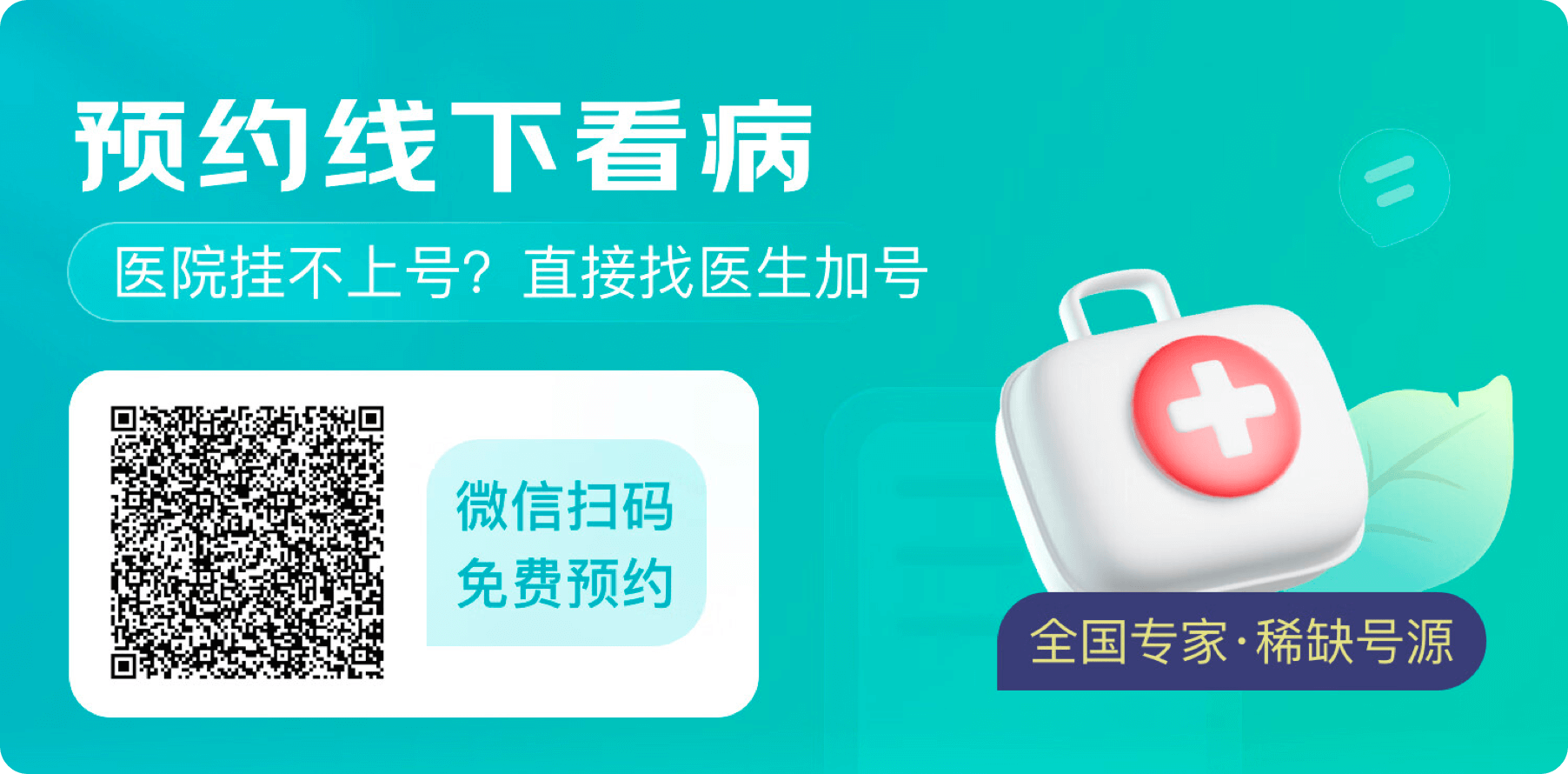我怀孕34周了,血压却像火箭一样飙升。今天早上,我按照医生的指示,吃了一片硝苯地平控释片和两片拉贝洛尔。可下午五点,我的血压竟然达到了141/100!我感到头疼欲裂,仿佛整个世界都在旋转。
以前,我只需要每天三次服用50mg的拉贝洛尔就能控制血压。但最近,情况变得越来越糟。医生说我需要住院控制血压,否则可能会有生命危险。听到这话,我不禁感到一阵恐慌。
我记得医生曾经说过,如果血压控制不住,可能需要终止妊娠。这个想法让我心如刀绞。我的宝宝还没有出生,我不想失去他(她)。但同时,我也知道自己的健康同样重要。
我决定听从医生的建议,去住院。虽然这意味着我将远离家人和朋友,面对陌生的环境和未知的风险。但我相信,只有这样,才能确保我和宝宝的安全。
在住院期间,我遇到了许多和我一样的孕妇。我们互相分享经验和感受,彼此支持和鼓励。这些经历让我更加坚定了要保护自己和宝宝的决心。
经过一段时间的治疗和休息,我的血压终于稳定下来。虽然这段经历让我感到很辛苦,但我也学到了很多关于健康和生活的重要教训。我深深地感激医生和护士们的帮助和关心,也感谢我的家人和朋友的支持和陪伴。
现在,我已经恢复了健康,宝宝也平安出生。回想起那段艰难的时光,我仍然会感到一丝心痛。但同时,我也知道,这一切都是值得的。因为我和我的宝宝,我们都活着,健康地活着。
如果你也遇到了类似的情况,千万不要犹豫,及时就医。健康无小事,京东互联网医院很靠谱!


文章 脚跟下缘骨刺怎么办?医生建议:减少受力、局部垫软、用药缓解、封闭治疗


生命之光传递者
文章 高血压2年了,需要替米沙坦的处方和用药建议


生命之光传递者
文章 去肾交感神经术(RDN)用于治疗未受控制高血压:一组模拟对照实验

测试京东医生
主任医师
北京大学医院
文章 肌酸激酶788高,可能是肌源性疾病?


健康解码专家
文章 高血压病人能不能吃蛇莲消囊丸?


医疗趋势观察站
肺部手术后出现胸闷气喘,日常生活需要家人帮助,如何缓解这种情况?
就诊科室:呼吸内科
总交流次数:28
老人家有冠心病和呼吸困难,走路超过一百米很吃力,想了解是否可以用制氧机长期治疗?
就诊科室:呼吸内科
总交流次数:15
老人家有肺气肿,想买一台家用制氧机,担心依赖性和选择合适的氧流量。
就诊科室:呼吸内科
总交流次数:17
我有明显的胸闷和气喘症状,日常生活可以自理,能独立行走超过一百米,想知道是否可以使用制氧机来改善生活质量?
就诊科室:呼吸内科
总交流次数:30
老年男性慢阻肺患者想在家中使用制氧机缓解呼吸困难,询问是否可以使用和注意事项。
就诊科室:呼吸内科
总交流次数:25


